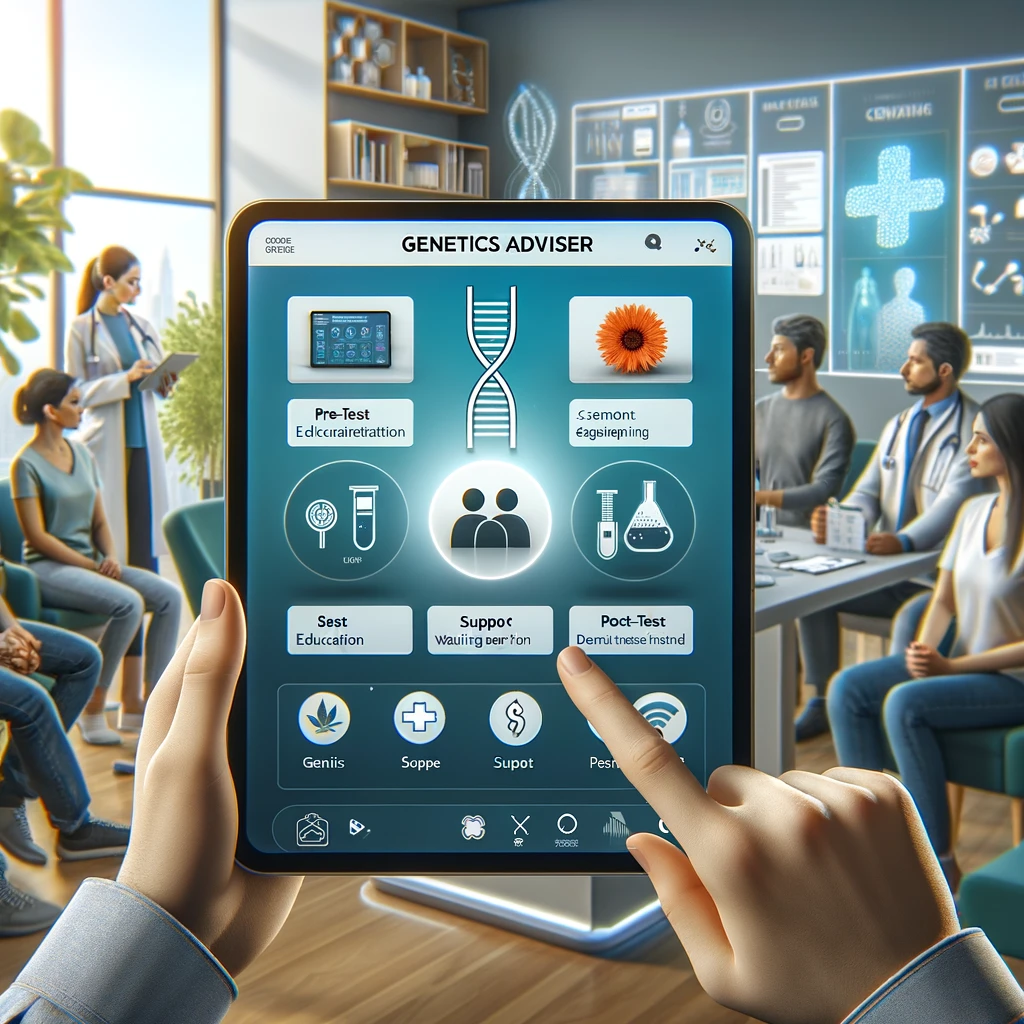A US$0.24 per person annual investment in digital health tools like telemedicine and mobile messaging could prevent millions of deaths and reduce strain on global healthcare systems.
A new joint report from the World Health Organization (WHO) and the International Telecommunication Union (ITU) reveals that an additional investment of just US$0.24 per patient per year in digital health interventions could help save over 2 million lives from noncommunicable diseases (NCDs) over the next decade. The report also projects that this investment could prevent around 7 million acute events and hospitalizations, significantly easing pressure on healthcare systems worldwide.
The report, titled "Going Digital for Noncommunicable Diseases: The Case for Action," was unveiled during the 79th United Nations General Assembly at an event hosted by the Government of The Gambia, in collaboration with WHO and ITU.
Digital Health's Potential for Revolutionizing Healthcare
WHO Director-General Dr. Tedros Adhanom Ghebreyesus stressed the need for collaboration to unlock the potential of digital health:“The future of health is digital. But to make this vision a reality, we need both resources and collaboration. No single organization can do it alone. We call on governments, partners, and donors to come together, invest strategically, and ensure that these life-saving innovations reach those who need them most.”
ITU Secretary-General Doreen Bogdan-Martin added that digital connectivity is essential to achieving global health and development targets:“The digital revolution has the potential to unleash a health revolution. At ITU, universal meaningful connectivity is a priority because digital is a catalyst for delivering targets in key sectors such as health and education.”
The Urgency of Addressing NCDs
Noncommunicable diseases, including cardiovascular diseases, cancer, diabetes, and chronic respiratory conditions, account for 74% of global deaths annually. Despite progress, integrating digital health technologies into mainstream health systems remains a significant challenge. The report stresses that digital tools can provide scalable and effective interventions to manage NCDs, which are largely driven by modifiable risk factors like tobacco use, poor diet, alcohol abuse, and physical inactivity.
Digital health solutions such as mobile messaging, chatbots, and telemedicine can help individuals manage these risk factors and encourage healthier habits. They can also support long-term care by providing continuous monitoring and remote consultations, making healthcare more accessible to patients, especially in underserved regions.
Addressing Barriers to Digital Health Integration
While more than 60% of countries have developed a digital health strategy, many face difficulties integrating these technologies into existing health infrastructures. The report urges governments to invest in digital public infrastructure and promote interoperability between systems to maximize the benefits of digital health. Overcoming these barriers is critical to scaling up digital health interventions and alleviating the global burden of NCDs.
The report also aligns with the WHO’s Global Initiative on Digital Health and Global Strategy on Digital Health 2020-2025. Both WHO and ITU, through initiatives like the Be He@lthy, Be Mobile program, are committed to providing tailored support and advocacy to help governments implement these strategies.
As the report emphasizes, digital health has the potential to transform the prevention, management, and treatment of NCDs, but it requires coordinated investment and action from stakeholders across the health and technology sectors.











